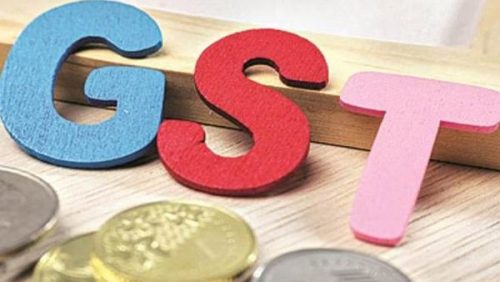
India has always been a gold mine for aspiring entrepreneurs who want to establish new businesses and flourish their SMEs. But the game leveled a notch higher since GST came into existence. It was indeed a big decision for the Indian economy to bring every indirect form of tax under one roof.
Almost 2.5 years have passed and still, GST is the most speculated topic in the Indian business community. Do we really understand what it is? Why are most of the small business owners and customers still hesitant to pay GST? If you want an unbiased overview, you are in the right place.
Also Read: The Era Of GST Spells Success For Small And Medium Businesses
The impact of GST on SMEs
The impact of SMEs is huge on the Indian economy. If you are puzzled how small enterprises can affect one of the largest tax regimes in the world, here are some stats for you – SMEs account to 45% of the total manufacturing unit of India, employing 40% of the total workers. Impactful enough!
Well, previously a trader had to pay 32% of total central and state government taxes collectively, which has now reduced to 18-20% after this big change. Although this government policy has yet not been fully accepted by most of us, it is a blessing in disguise for the SME industry.
Also Read: The Era Of GST Spells Success For Small And Medium Businesses
Some of the other major advantages Of GST are –
Tax Relief
Previously, businessmen were slapped with different taxes at every stage ranging from manufacturing to retailing. The supply chain used to function that way. Remember going to a restaurant and paying service tax, surcharge, VAT and whatnot? Thank God it is not there anymore. All these extra billable taxes have now been capped under GST with defined rates. Convenient, isn’t it?
Simplifying the process of New Start-up
Starting a new business was never so easy in India – different departments, different taxes, law compliance, VAT registration, legal proceedings, documentation, and whatnot. But now, things are centralized. All the indirect taxes have been brought under one roof. The taxes are rationalized, processes are less complicated, and the unified tax code has considerably brought down the cost of starting a new business. SMEs can now experience the spirit of “Make in India” in its true sense. If you are planning to start off a business, now is the time. Apply for a loan, put up your papers and get things rolling.
Also Read: Tax Saving – Best Practices For Shop Owners
Logistics Cost dropping off
Previously the state government used to take road and transportation tax from the traders each time they crossed a state. But now, there is only one tax throughout India. This action has not only reduced traffic at the state borders but also resulted in quicker and cheaper delivery of goods. GST has helped reduce the final cost of the product as well. If you are thinking of getting your own logistics service, you can easily set-up a new business, with trouble-free loans and promising returns.
One Nation, One Tax – GST
With digitalization and improving technology, “The world is your marketplace” they said, and yet there was no flexibility of selling products across different states without paying extra taxes and facing local market politics. Even if some traders took the risk, it sure did affect the consumer who ended up paying extra. GST has resolved this issue with ease – ending market monopoly by traders and opening new prospects for growing SMEs.
Digitalization and Enhanced Compliance
With digitalization comes online process and better compliances. The taxing is online now, which means – faster and automated processes, less human error, no unnecessary bureaucracy and improved data management. The online GST process also helps you get the certifications and GSTN instantly and also file ITRs and tax liability adjustments on time.
Nothing is perfect. Therefore it’s my duty to tell you that GST may have a few flaws like – reduction in duty threshold, excess working capital requirement and increased compliance cost. Also, as an SME unit, you must have faced difficulty in redefining your accounting packages and hiring a new resource that can understand GST and can assist you in determining input tax credits, new tax rates and even HSN codes on invoices.
Also Read: Key Points On Understanding The GST Number
Even if you have these challenges coming your way, be ready to face them fiercely as all of this is for your greater good. GST has a lot more hidden advantages than the few challenges I have listed for you. Just focus on flourishing your business as this government policy is here to stay.
For any further capital, requirement contacts Indifi.com, your digital partner for hassle-free, instant business loans.

[…] Also Read: How GST Changed The Face Of SMEs